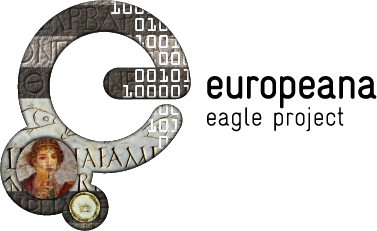In 106, Trajan won the war against the Dacian king Decebalus and created the province of Dacia. The capital was moved 70 kilometers east and the old royal capital, an important religious centre as well, was abandoned. The Dacian gods were not included under any form in the pantheon of the province, their sanctuaries were destroyed and the elite of the barbarian kingdom was completely annihilated. This is highly atypical for the Roman Empire’s politics of general integration; an analogy, much quoted by historical literature, is the situation of the Jews and of Jerusalem. The reasons for Trajan’s drastic measures are most probably Decebalus’ betrayal (as by starting war in 105, he violated a peace treaty from 102) and the human sacrifices the Dacians still practiced and which the Romans found repulsive.
Province Dacia’s strangest epigraphic particularity is the quasi-absence of Dacian names. From a total of about 3.500 attested names, no more than four can be considered etymologically Dacian. Though the Dacians are archaeologically attested throughout the Roman period, they lack epigraphically. We find Dacian soldiers, with Dacian names, in troops from Egypt, Britannia, Mauretania and other provinces of the Empire, but not in Dacia. And while a certain reticence towards traditional names during the first generation after the conquest seems possible, its perpetuation lacks plausibility. Equally, some Dacian families certainly Latinized their names and became part of the administration or simply of the Roman provincial society, but they couldn’t have been the majority. The hypothesis of an epigraphy in wood is very alluring, but even considering it deductively as a probability, the proofs of its existence still elude us. Most probably, the Dacian population simply remained anchored in a rural civilization and did not become part of the Roman epigraphical culture.
The Dacian names from the province are Diurpa Dotu…, wife of a soldier, Aurelia Tsinta and Dablasa/Zuroblasa, probably husband and wife, attested on a deteriorated epitaph and Decebalus Luci. While the first three names still raise question marks, the last one is the best known Dacian royal name and its discovery on a golden leaflet dedicated to the Nymphs at a thermal spring raised huge interest. The name Decebalus appears at least seven times outside Dacia, associated with Dacian soldiers or with men about whose connections with the province or the former barbarian kingdom we know nothing. In Dacia, the name must have been seductive after the war became a mere memory, whether it was for Decebalus, slave of Lucius or for Decebalus, son of Lucius – thus the heir of a Dacian Romanized family.
The future might reveal more Dacian names, as archaeological researches bring forth more and more epigraphic monuments. But even so, the miss-integration of the local population in an important cultural aspect of the province speaks of a brutal war that left deep scars and about the integration difficulties that even the Roman system and society faced.

